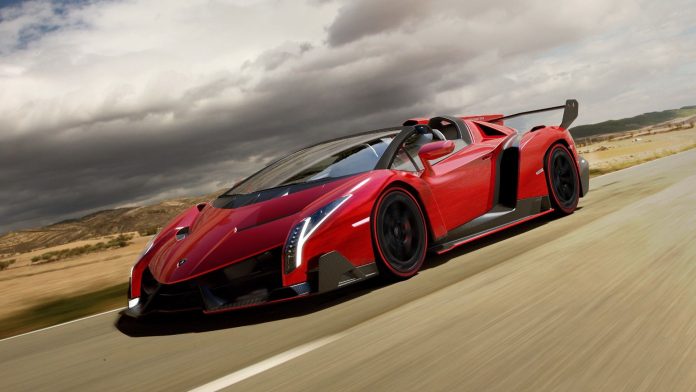Beauty lies in the eye of the beholder, and this also extends to car design. Despite the numerous regulations, the upper echelon of performance vehicles continues to amaze us with design decisions, made in the name of performance, function, or just because it looks cool. There are three types of beauty – brutal, functional, and elegant. Many of the cars mentioned below combine all three, and while it was difficult to narrow them down to just 10, these are the most radically-styled supercars you can see on the roads today. That is, if you are lucky enough to come across one of the very few examples produced.
TOP SPEED VIDEO OF THE DAY
1/10 Apollo Intense Emotion
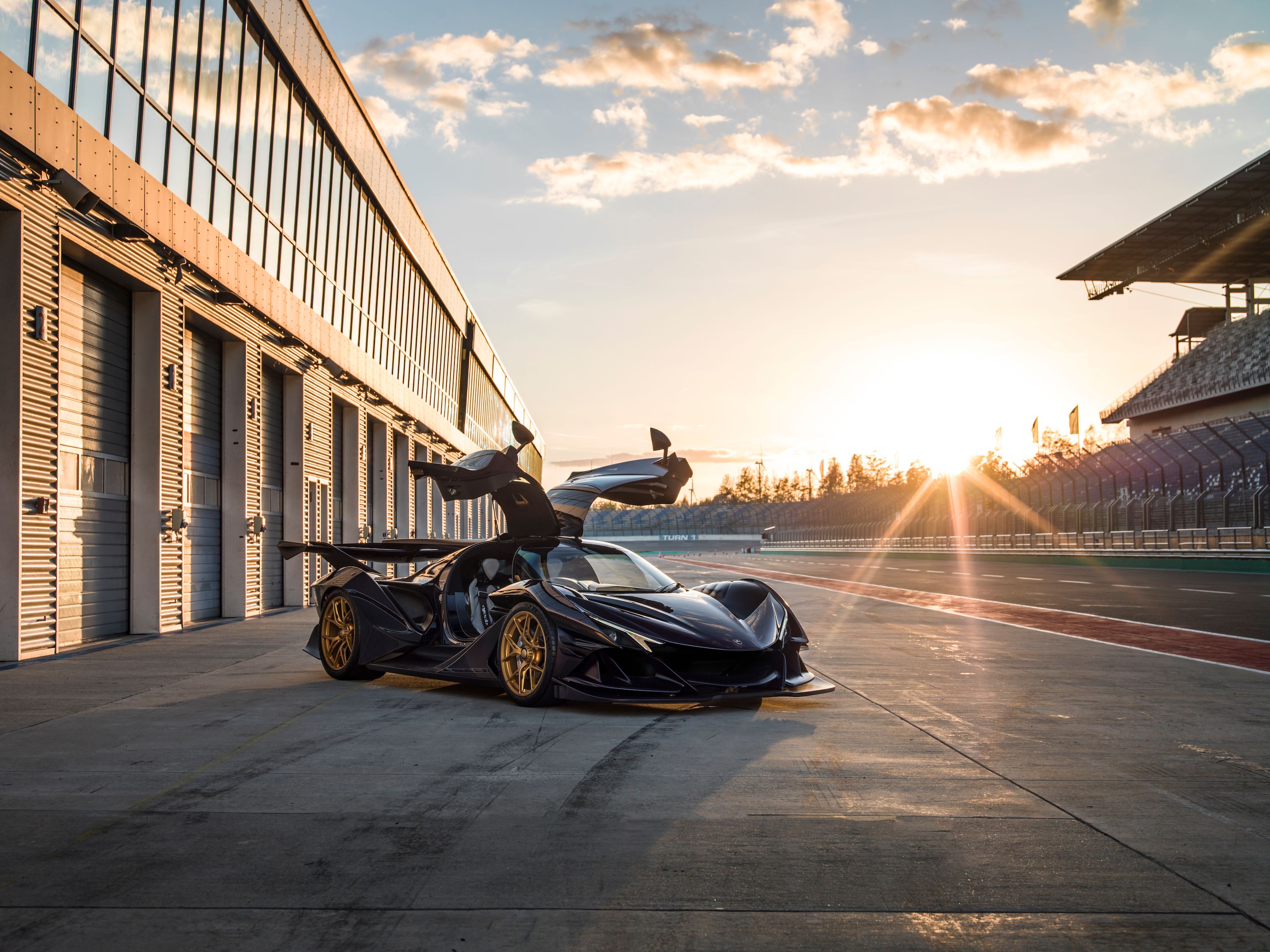
a front 3/4 shot of a 2019 Apollo Intensa Emozione with its gullwing doors open
We are already setting the bar high with this one. The Apollo Intensa Emozione (IE) is an epic collaboration between Apollo Automobili GmbH and Manifattura Automobili Torino (MAT) – the people who made the F430-based Lancia New Stratos. The design theme revolves around nature, insects, and marine animals, and has been optimized for maximum airflow. Thanks to the extensive use of carbon fiber for the body and monocoque chassis, this mid-engine masterpiece weighs just 2,755 pounds (1,250 kg). The engine is a Ferrari-derived, 6.3-liter, naturally-aspirated V-12 that pushes out 780 horsepower (582 kilowatts) at 8,500 RPM and 561 pound-feet (760 Nm) at 6,000 RPM, allowing for a 0 to 60 mph 997 km/h) sprints in 2.7 seconds. At 186 mph (300 km/h), the car produces 2,976 pounds (1,350 kg) of downforce.
2/10 De Tomaso P72
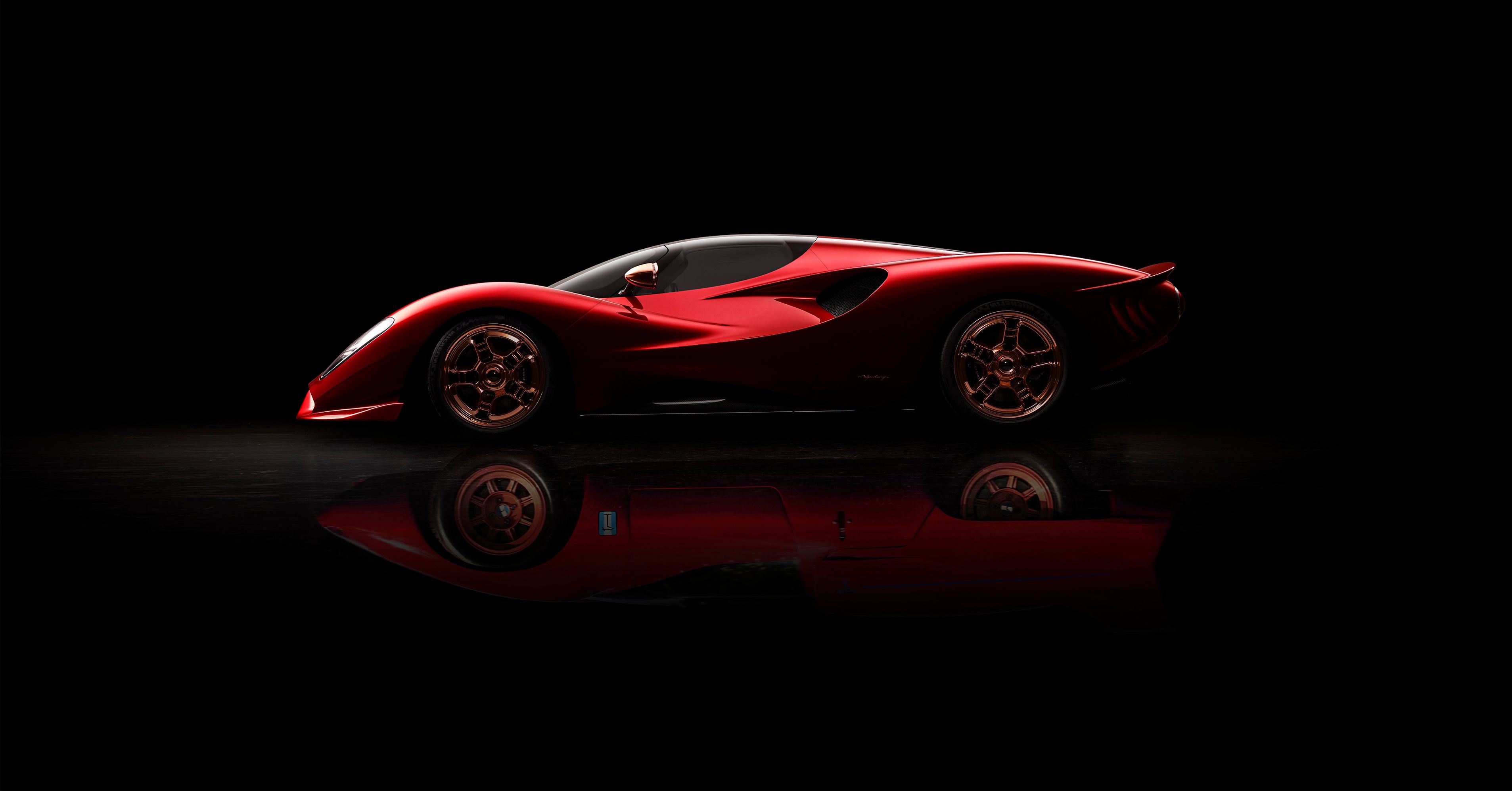
De Tomaso P72
De Tomaso is reviving himself with a bang and in 2022, his first model in nearly 30 years, started production. The De Tomaso P72 is a neo-retro, mid-engine hypercar, inspired by a 1960s De Tomaso race car, called the P70. Jowyn Wong is responsible for the design, which incorporates fluid forms, reminiscent of 1960s LeMans race cars. In truer De Tomaso tradition, the car is powered by a Ford V-8. More specifically, it is the 5.0-liter, Coyote V-8 that has been supercharged by Roush Performance. The result is said to be around 700 horsepower (522 kilowatts) and over 600 pound-feet (816 Nm), which will be managed through a six-speed, gated manual. The P72 shares a carbon monocoque chassis with the Apollo IE and only 72 will be made.
3/10 Lamborghini Veneno
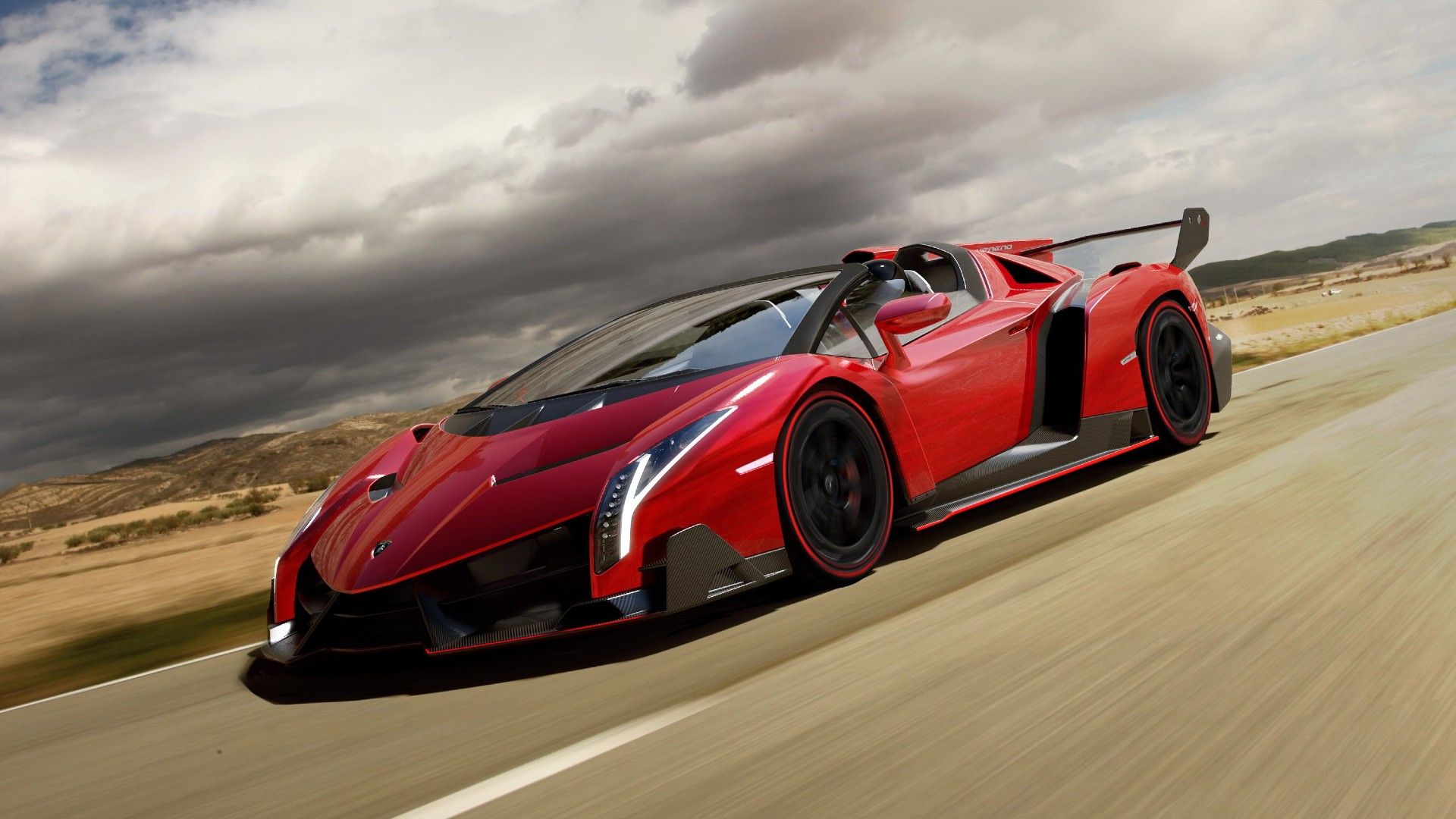
Action shot of a red 2015 Lamborghini Veneno Roadster
When it comes to mad styling, we can’t go without at least one Lamborghini. Based on the Aventador bones, the Lamborghini Veneno is a much more radically-styled version of the car, produced in very limited quantities – four coupes and nine roadsters. In terms of styling, the Veneno has one foot in the future and one in the past. It combines elements from other Lamborghini concepts as well as race cars. We see Y-shaped forms, which a decade later, we see on the Sian. The rear wheel arches are reminiscent of the Countach and Diablo while the engine cover is similar to what we see on the Diablo GT1. Propulsion comes from a reworked version of the Aventador’s 6.5-liter V-12. This means 740 horsepower (552 kilowatts) at 8,400 RPM and 509 pound-feet (690 Nm) at 5,500 RPM.
4/10 Ferrari Daytona SP3
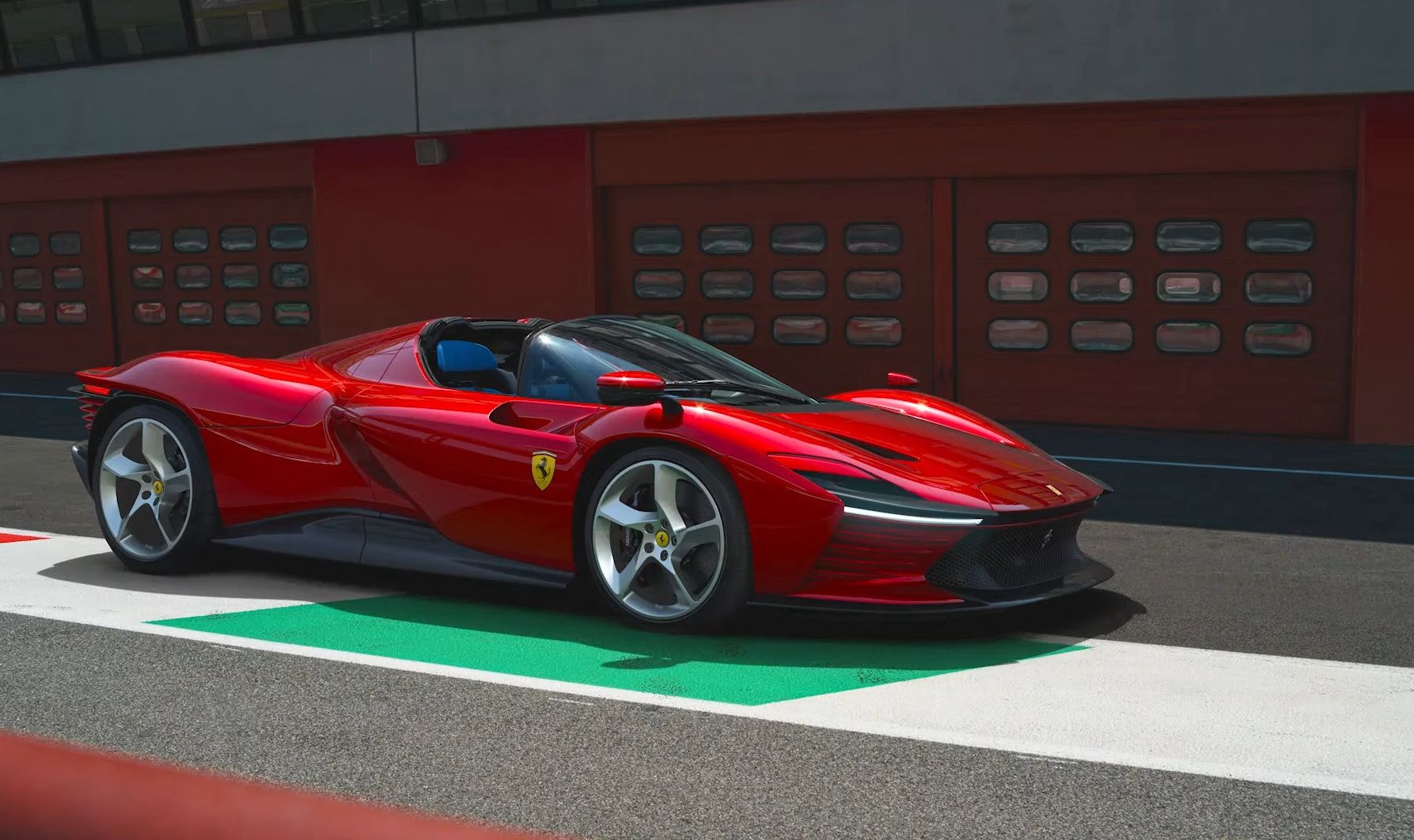
Side profile shot of a red 2022 Ferrari Daytona SP3 on the track
It seems reimagining classic race cars by using a modern platform is a winning recipe these days. Since 2008, Ferrari’s Special Projects gives you the option of commissioning a one-off model, specifically to your preference. Eventually, the outfit started producing limited-edition models and the Daytona SP3 is the latest from the “Icona” series. Based on the LaFerrari, its design evokes the 1960s race cars like the 330 P4 and 312p while taking the Pininfarina P4/5 design into a new age. The 6.5-liter, F140, V-12 makes 830 horsepower (620 kilowatts) at 9,250 RPM and 514 pound-feet (697 Nm) at 7,250 RPM. A seven-speed DCT sends power to the rear while shifting gears at less than 200 milliseconds.
5/10 McLaren Speedtail
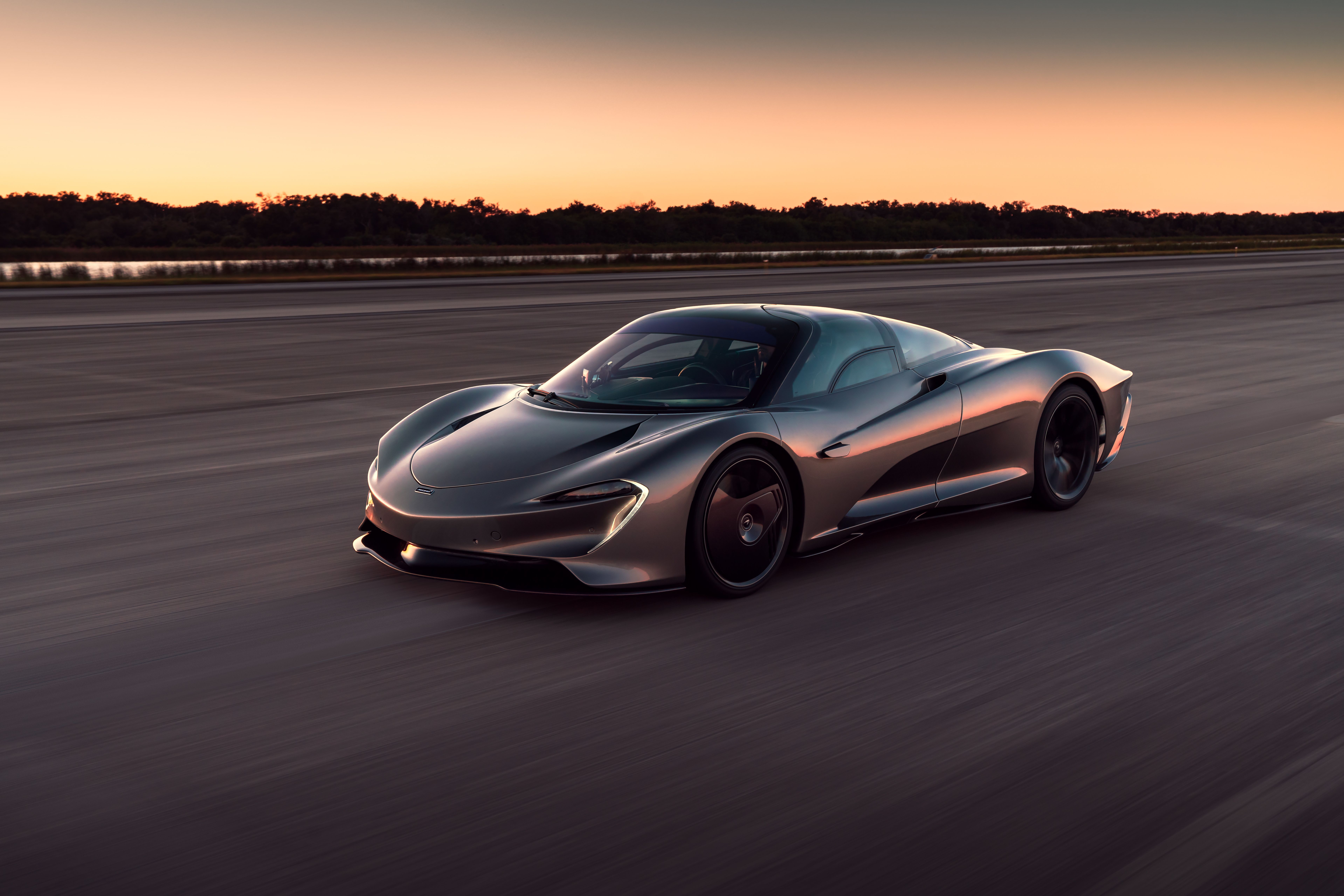
Front three-quarter view of the McLaren Speedtail on the track
In 2020, McLaren attempted to create a spiritual successor to the legendary McLaren F1. It resulted in the birth of the Speedtail. Unlike most other cars on the list, its design was all business. It was conceived as a top-speed car, which is why its sleek design incorporates a long, swooping rear for superior stability at very high speeds. It resulted in a ridiculously-low drag coefficient of 0.16 Cd, which is part of the reason why it is capable of 250.4 mph (403 km/h), according to McLaren. Another reason was the 4.0-liter, twin-turbo V-8, complimented by an e-Axle, bringing total power up to 1,040 horsepower (770 kilowatts) and 848 pound-feet (1,150 Nm). Under the greenhouse was a three-seat cockpit with a central driving position, like in the F1.
6/10 Bugatti Centodieci
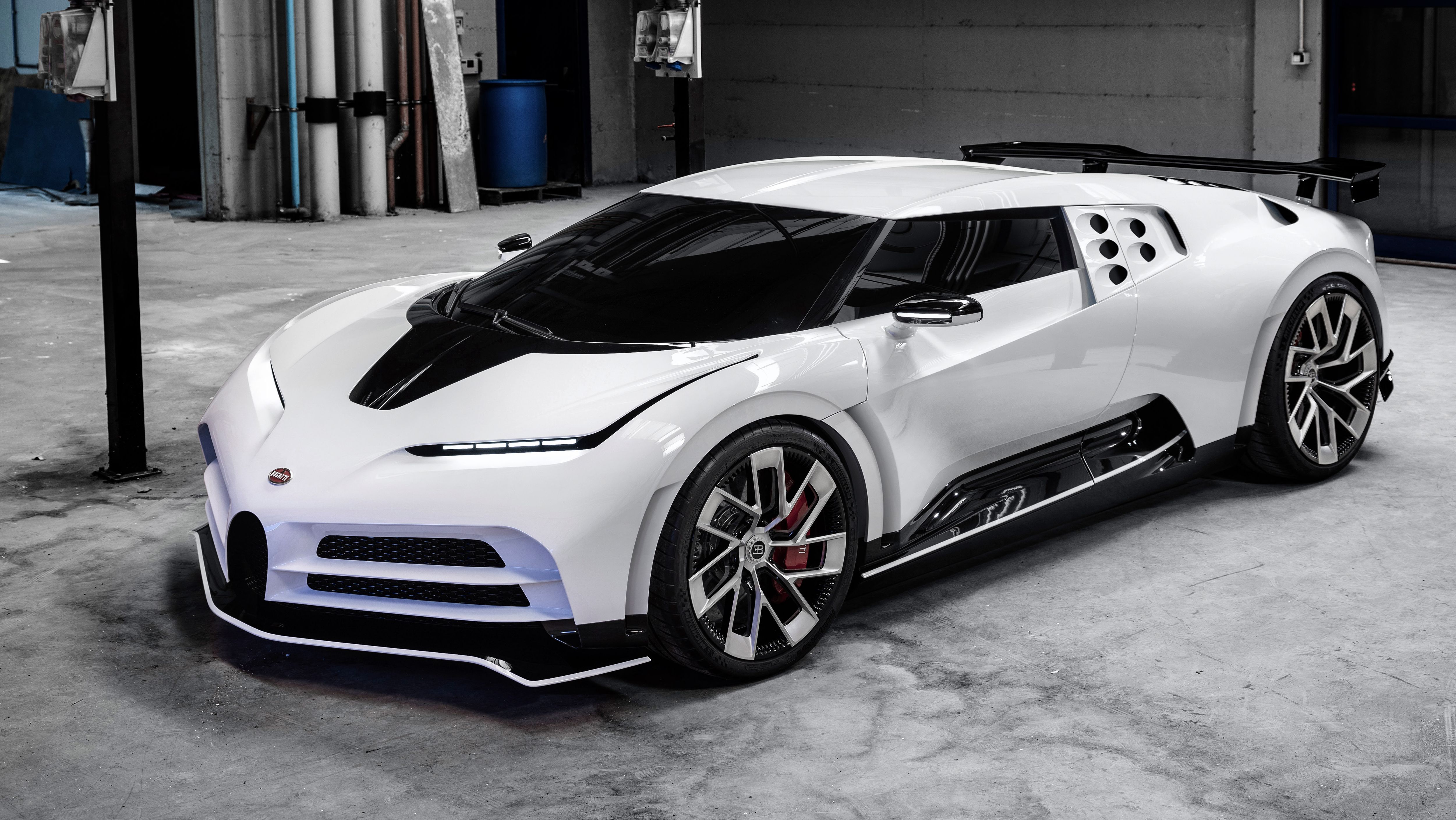
a front 3/4 shot of a white 2019 Bugatti Centodieci
Car brands known for their exquisite, high-performance machines always celebrate their anniversaries by coming up with epic models. For Bugatti’s 110th anniversary, the company introduced a model based on the Bugatti Chiron, limited to only 10 copies.. Dubbed the Centodieci (Italian for 110), its design was inspired by Romano Artioli’s Bugatti EB110, which as the name hints, commemorated the 110th anniversary of Ettore Bugatti. Laying Bugatti’s 90s design language onto a Chiron bore interesting results. Even the “cheese grater” air ducts behind the doors were implemented. The 8.0-liter, quad-turbo W-16 with 1,578 horsepower (1,176 kilowatts) and 1,180 pound-feet (1,600 Nm), allowed for a 0 to 60 mph (97 km/h) sprint in 2.3 seconds.
7/10 Gordon Murray T.50
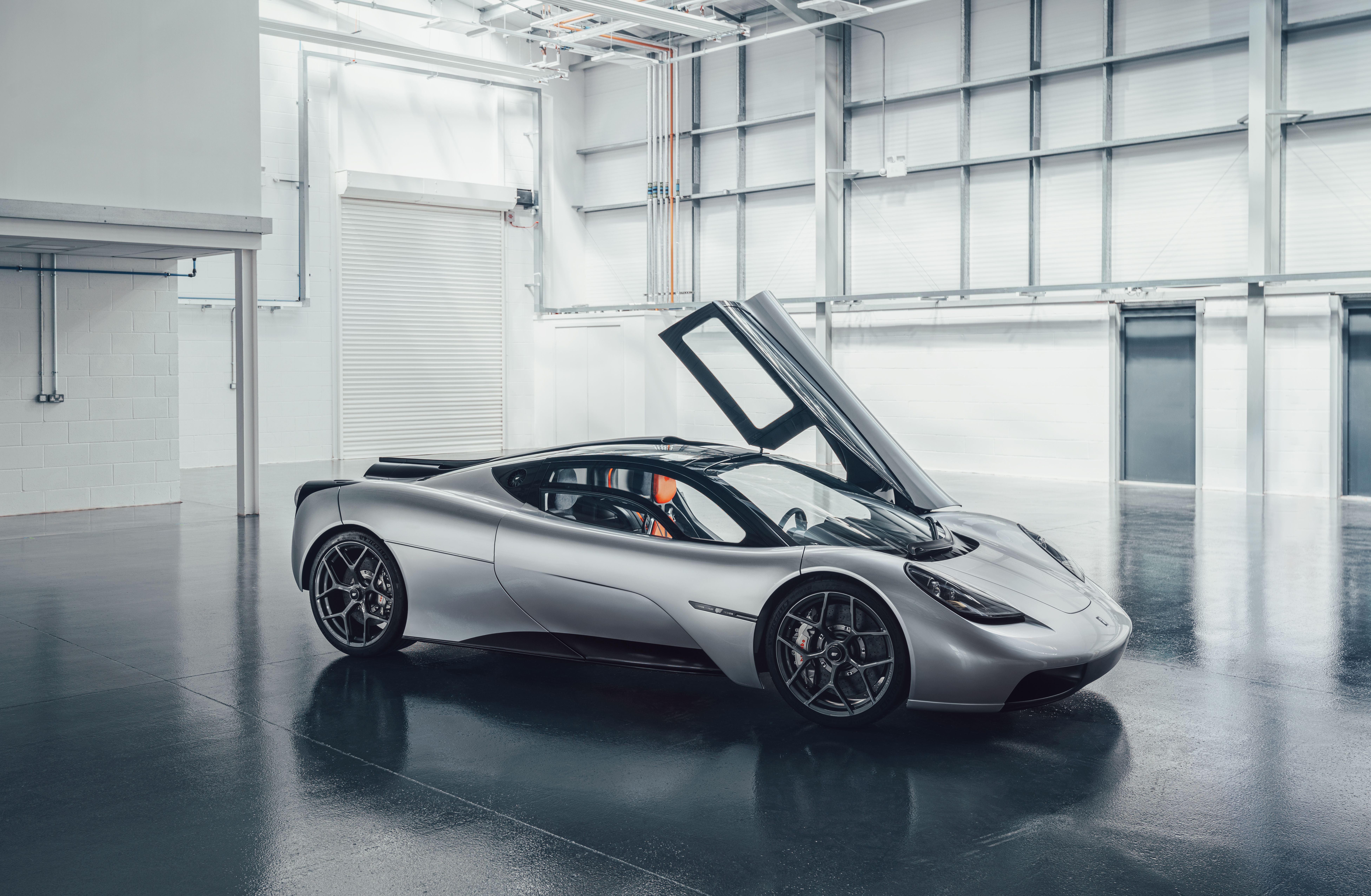
a front 3/4 shot of a silver 2021 Gordon Murray T.50 with left door open
From McLaren F1’s, Gordon Murray comes a true spiritual successor. The Gordon Murray Automotive (GMA) T.50 is Murray’s vision of a modern-day F1. It not only resembles the founder of the hypercar segment, but it features the same maniacal level of engineering and attention to detail. The 4.0-liter, normally-aspirated, Cosworth V-12, produces 663 horsepower (488 kilowatts), 344 pound-feet (467 Nm), and revs to 12,100 RPM. While one of the more understated designs on the list, the T.50 features an aerodynamic fan at the rear, inspired by the Brabham BT46B Formula One car. Depending on the mode, it can maximize downforce or be set to “top speed mode”.
8/10 Koenigsegg Jesko
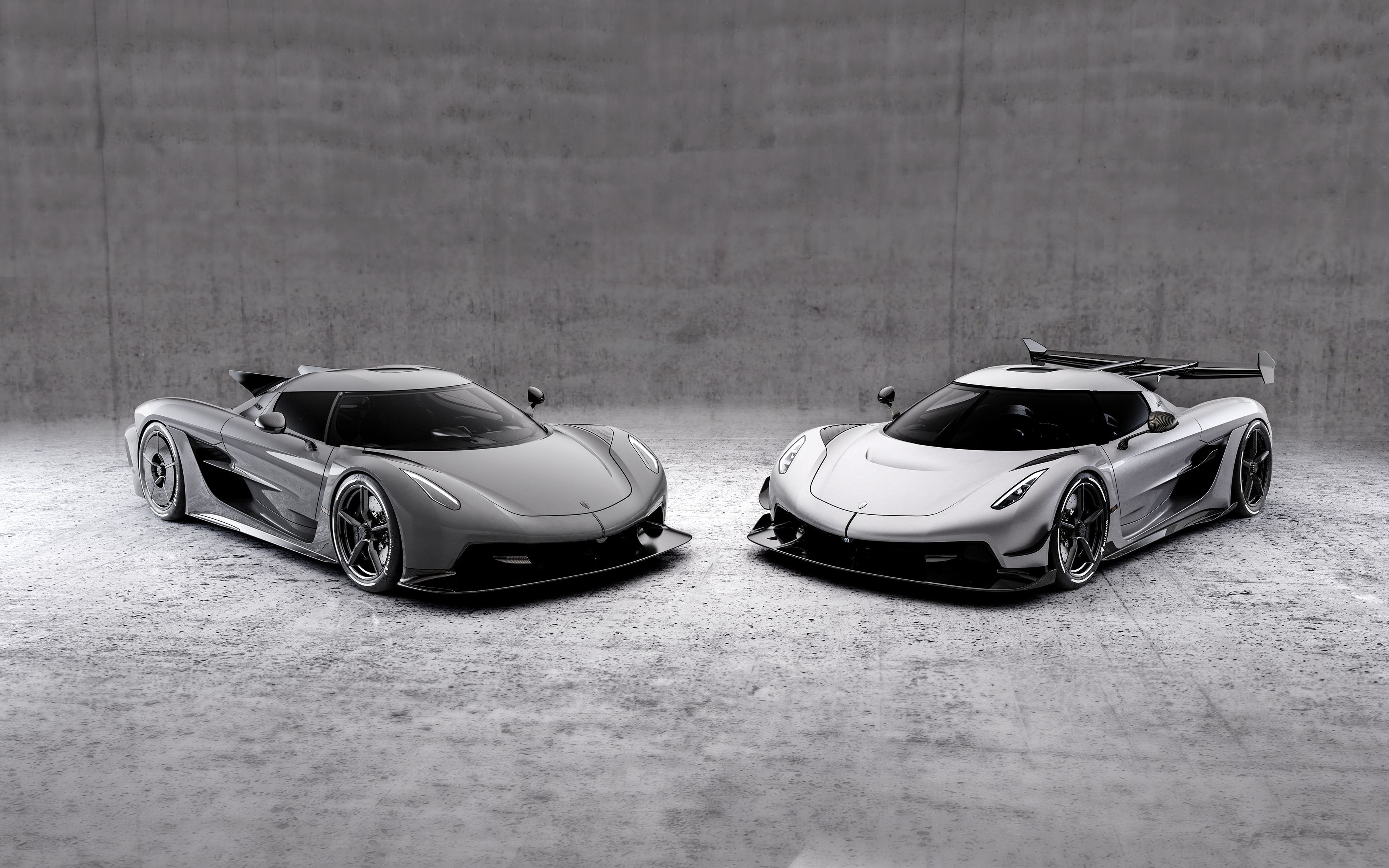
Studio shot of a 2020 Koenigsegg Jesko Absolut and a 2020 Koenigsegg Jesko Attack both in grey.
Like Gordon Murray, Swedish inventor, Christian von Koenigsegg will go down in history as one of the greatest automotive engineers. Among the latest models from the Swedish carmaker is the Jesko. Named after Christian’s father, the Jesko is the final expression of the brand’s pursuit of record speeds. There are two versions of the car attack – focused on downforce, and absolute – focused on top speed. In Jesko Absolute guise, it is capable of 310 mph (499 km/h) while the Attack features a ginormous, U-shaped rear wing. Power from the 5.1-liter, twin-turbo V-8 is between 1,281- and 1,603 horsepower (955 to 1,195 kilowatts) depending on whether you are running on E85 fuel or not.
9/10 Pagani Huayra Imola
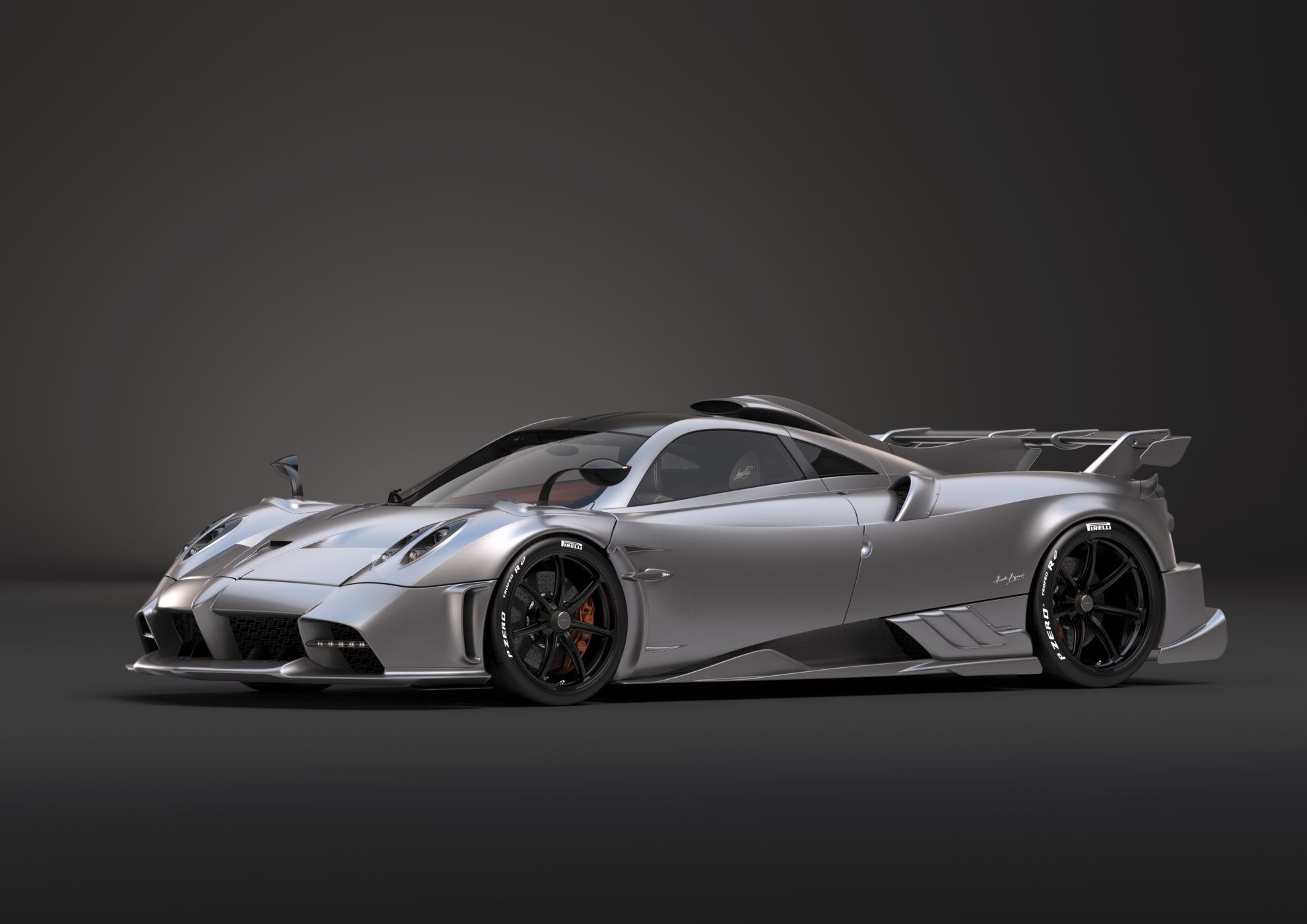
a front 3/4 studio shot of a 2019 Pagani Huayra Imola
Since its introduction, in 2011, the Pagani Huayra has had many iterations, each of which is stunning to look at and equally capable. Named after the Italian racetrack, the Huayra Imola, introduced in July 2019, is the road-going version that’s closest to the Huayra R in terms of both styling and capabilities. It features a radical body kit with enough ground effects to make a group B rally car look plain. With 827 horsepower (616 kilowatts) and 811 pound-feet (1,100 Nm) from a 6.0-liter, twin-turbo, AMG V-8, it’s also one of the most powerful versions of the car. At 2,305 pounds (1,050 kg), it’s also the lightest and on par with the track-only Huayra R.
10/10 McLaren Senna/Sabre
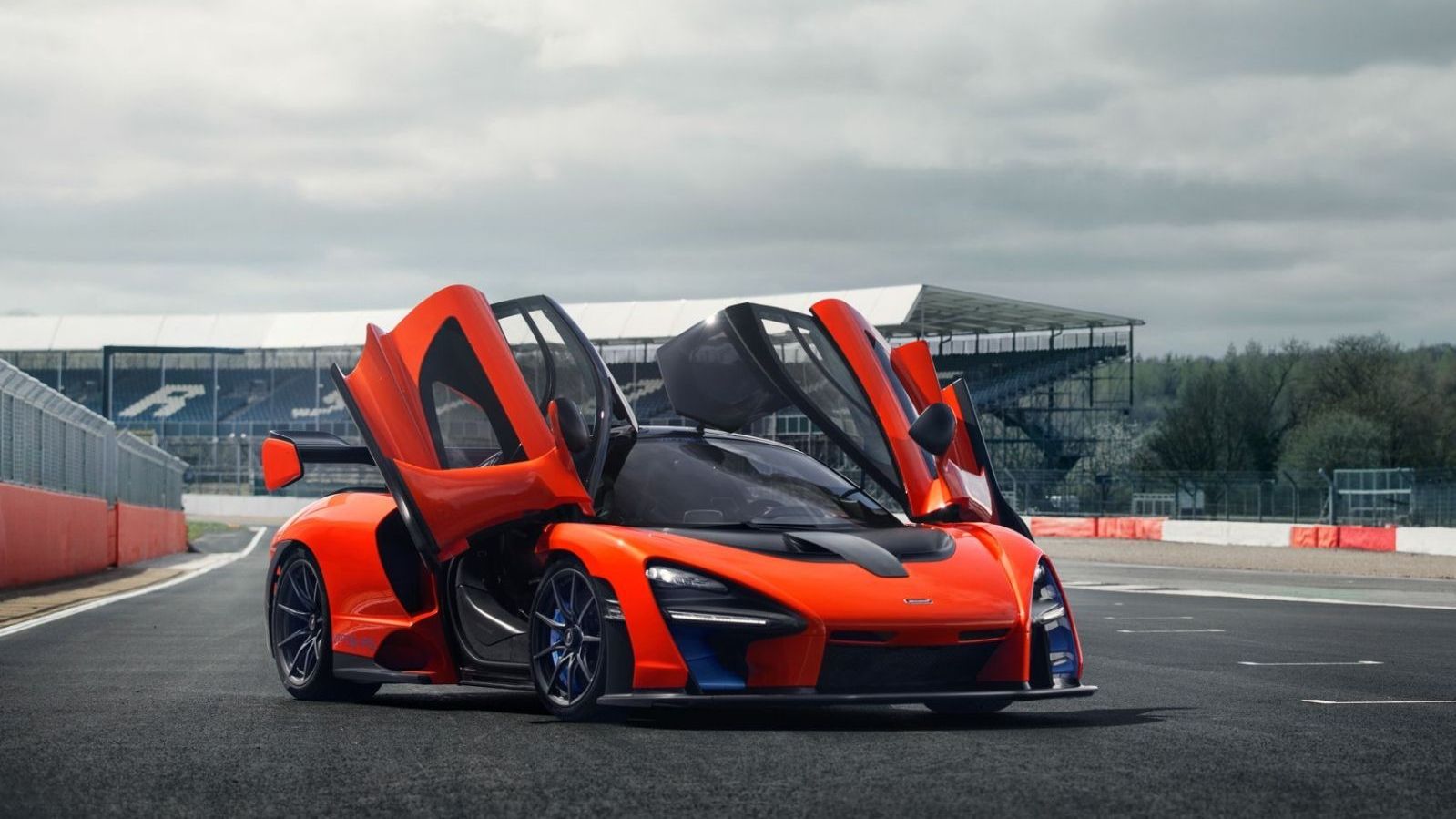
a front 3/4 shot of an orange 2019 McLaren Senna on a race track with its doors open
In 2018, McLaren introduced a crazy-looking, more track-oriented, non-hybrid version of the P1. Called the Senna, it was named after the legendary racing driver who raced for McLaren between 1988 and 1993. The Senna featured radical aerodynamics with function completely taking over form. All surfaces were optimized for maximum downforce, which reduced top speed from the P1’s 217 mph (350 km/h) to 208 mph (335 km/h). The Senna (and its derivatives) is the only road car to feature almost entirely transparent doors. The Saber is a version of the Senna, exclusive to the US market. It shares a similar styling, although it is distinctive enough to tell apart. Depending on the version, the 4.0-liter, twin-turbo V-8 packs 789 to 824 horsepower (588 to 614 kilowatts).

